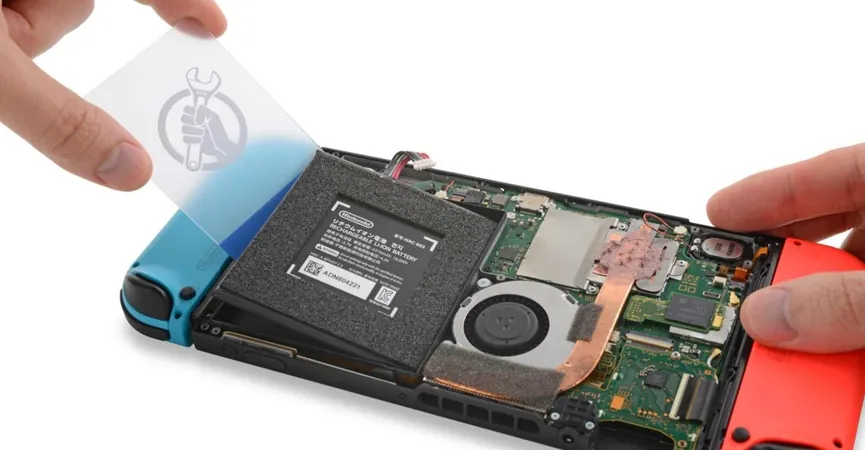
Unlocking the Power of Micro-Frontends: Insights from Luca Mezzalira at QCon London
2025-04-30
Author: Amelia
Revolutionizing Development with Micro-Frontends
At QCon London, Luca Mezzalira, principal architect at AWS, brought the house down with his deep dive into micro-frontends—an innovative approach that's reshaping how we build applications. His presentation was a treasure trove for developers looking to harness the full potential of micro-frontends in their organizational structures.
The Essence of Micro-Frontends
Mezzalira kicked off his session by reflecting on his early experiences with micro-frontends while developing a sports streaming platform. He introduced the concept by revealing that micro-frontends are like the technical DNA of a business subdomain, allowing teams to operate independently with varied technologies, while also minimizing shared code ownership.
Heuristics for Success
Luca shared invaluable heuristics to guide developers through the labyrinth of micro-frontends. He emphasized the importance of: - Minimizing APIs to a maximum of two for optimal performance - Ensuring context-awareness where state resides within the micro-frontend - Prioritizing fast flow over reusability, underscoring that optimization should not come at the cost of development pace.
Navigating Organizational Change
One of the most profound insights from Mezzalira was how micro-frontends evolve alongside the business. He referenced Conway’s Law to highlight how organizational shifts—from a hierarchical to a more distributed model—can enhance team autonomy and efficiency.
A Framework for Micro-Frontends
To help developers navigate design decisions, Mezzalira presented a four-point framework: 1. **Identify** the split of frontend components (horizontal or vertical) 2. **Compose** using either client-side or server-side approaches 3. **Routing** considerations handled by an app shell 4. **Communicate** effectively among micro-frontends using recommended methods like event emitters.
The Importance of Context
Mezzalira stressed that the key to successful micro-frontend architecture is not merely choosing the right framework but understanding the specific context and constraints your architecture addresses. The application shell should remain light and flexible, allowing micro-frontends to evolve without redefining core structures.
Streamlined Deployments
When tackling deployments, Luca championed an incremental approach that promotes frequent and independent releases. This strategy empowers teams to utilize discovery services for seamless rollouts and reverts, ensuring a consistent user experience across the board.
Key Takeaways for Developers
Successful implementation of micro-frontends requires unequivocal clarity on team responsibilities, platform roles, and value streams. By fostering a quick feedback environment and embracing a decentralized mindset, teams can avoid common pitfalls in this rapidly evolving architecture.
Conclusion: Embrace Change and Innovate Fast
At the end of his riveting session, Mezzalira urged developers to focus on rapid iteration from the very beginning of their projects. Addressing performance, footprint, and security early in the process can lead to a smoother micro-frontend journey, ultimately redefining how we architect the future of software.









 Brasil (PT)
Brasil (PT)
 Canada (EN)
Canada (EN)
 Chile (ES)
Chile (ES)
 Česko (CS)
Česko (CS)
 대한민국 (KO)
대한민국 (KO)
 España (ES)
España (ES)
 France (FR)
France (FR)
 Hong Kong (EN)
Hong Kong (EN)
 Italia (IT)
Italia (IT)
 日本 (JA)
日本 (JA)
 Magyarország (HU)
Magyarország (HU)
 Norge (NO)
Norge (NO)
 Polska (PL)
Polska (PL)
 Schweiz (DE)
Schweiz (DE)
 Singapore (EN)
Singapore (EN)
 Sverige (SV)
Sverige (SV)
 Suomi (FI)
Suomi (FI)
 Türkiye (TR)
Türkiye (TR)
 الإمارات العربية المتحدة (AR)
الإمارات العربية المتحدة (AR)